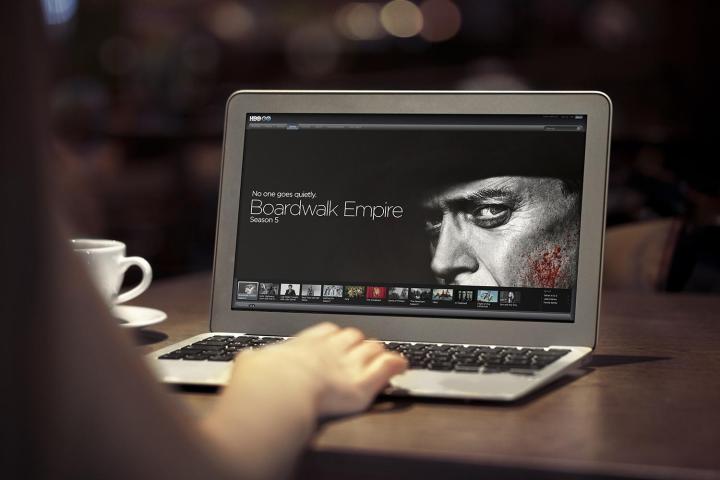
Calling for the removal of “all barriers,” Plepler said the decision came as a means to pursue customers from the current tide of more than 10 million broadband-only homes, a number which is only projected to rise in the future.
“This is a large and growing opportunity that should no longer be left untapped.” Plepler told the investors.
“So, in 2015, we will launch a standalone, over-the-top, HBO service in the United States. We will work with our current partners. And, we will explore models with new partners. All in, there are 80 million homes that do not have HBO and we will use all means at our disposal to go after them.”
As more content producers move to accommodate cord cutters, their number is likely to increase even faster, as cutting cable requires less and less of a sacrifice.
But not all of the new options will save consumers money. Sony’s proposed standalone TV service, which was hoped to be a leaner, more affordable option than cable, was recently rumored to cost as much as $80, with a heavy selection of content that paints the service as little more than a cable subscription delivered through the Internet.
Plepler did not address pricing for next year’s standalone HBO Go subscriptions, but adding HBO to a cable subscription currently costs between $15 and $20, depending on your provider.
While providers like Sony and Dish Network foresee cord cutters subscribing to standalone online TV services from a single provider, we may instead see viewers cobbling together their favorite content from multiple providers, such as Netflix, sports apps like the forthcoming NBA app from ESPN, and now, HBO Go.
Editors' Recommendations
- (HBO) Max free trial: Can you stream for free in 2024?
- Ad-free HBO Max is about to get more expensive
- How to get HBO for free
- HBO Go to shut down, HBO Now will rebrand after HBO Max launch
- HBO Max proves your ISP can make a streaming offer you can’t refuse


